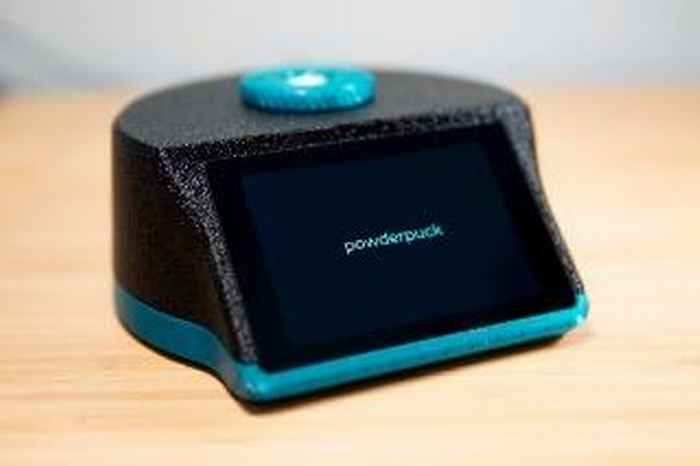Robust identification of drugs of abuse in a portable Near Infrared spectroscopy (pNIR) sensor network
Short desciption
Roughly 25,000 times each year a confiscated, suspect sample is analyzed for the presence of illegal hard or soft drugs. This high case volume puts an enormous strain on the criminal justice system in the Netherlands. Until now, GC-MS (gas chromatography - mass spectrometry) is regarded as the gold standard for providing evidence that is admissible in a court of law. However, this technique is relatively time consuming, expensive, requires a dedicated laboratory infrastructure, and can only be operated by skilled analytical chemists. Therefore, there is great interest in portable chemical analysis performed by non-experts in the field. Although spectroscopic techniques like infrared (IR) and Raman spectroscropy can be miniaturized and provide excellent selectivity, they are still considered to generate indicative findings only. The main reason for this is that unknown mixtures of compounds yield mixed spectra that are difficult to unravel. However, recently portable NIR (near infrared spectroscopy) with the Powder Puck sensor and a dedicated data analysis framework of the Dutch company TIPb has proven to be a very robust, easy-to-use, rapid (results within seconds), and reliable approach to obtain detailed chemical information of samples that contain drugs of abuse [1-3].
Required/ Recommended expertise
In this 6/9 month MSc research project you will be working at Amsterdam Science Park, but you will also be conducting measurements at the Dutch Police in Amsterdam and the Trimbos Institute in Utrecht. For the first time, rather than using a single portable NIR sensor, you will be developing a pNIR network consisting of 5 sensors. On the basis of reference and case sample data on the 5 sensors, you will be developing and evaluating several scenarios for sensor network operation. You will also look into the best way to gather and use reference compound spectra to create a common reference library. Confirmatory GC-MS and NMR analyses can be conducted at the Analytical Chemistry laboratory at UvA Science Park if needed. In addition to chemical analysis skills, the student we are looking for is also interested in and comfortable with advanced (multivariate) data analysis and machine learning.
Application procedure
If you want to apply for this research project, please send your CV, motivation and grade lists per e-mail to Ruben Kranenburg. In your motivation letter, explain who you are, why you want to work on this project and how you hope to develop yourself.
References
1. Kranenburg, Ruben F et al. “A Calibration Friendly Approach to Identify Drugs of Abuse Mixtures with a Portable Near‐infrared Analyzer.” Drug testing and analysis 14.6 (2022): 1089–1101.
2. Kranenburg, Ruben F, Henk‐Jan Ramaker, and Arian C Asten. “On‐site Forensic Analysis of Colored Seized Materials: Detection of Brown Heroin and MDMA‐tablets by a Portable NIR Spectrometer.” Drug testing and analysis 14.10 (2022): 1762–1772.
3. Kranenburg, Ruben F et al. “The Importance of Wavelength Selection in On-Scene Identification of Drugs of Abuse with Portable near-Infrared Spectroscopy.” Forensic chemistry 30 (2022): 100437-. Web.
Information
Institute / Company: Dutch Police
City: Amsterdam
Country: The Netherlands
Supervisor: Ruben Kranenburg
UVA Examiner: Arian van Asten
UVA Coordinator: Arian van Asten & Yorike Hartman
